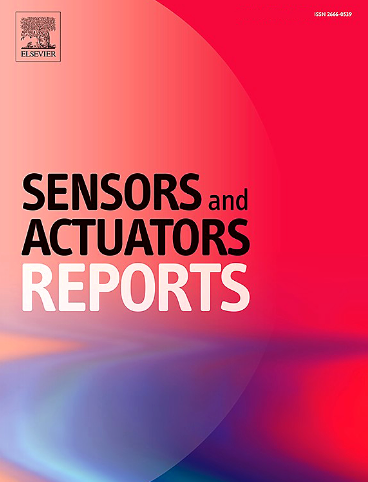State-of-the-art signal amplification strategies for nucleic acid and non-nucleic acid biosensors
IF 6.5
Q1 BIOTECHNOLOGY & APPLIED MICROBIOLOGY
引用次数: 0
Abstract
Biosensors have garnered substantial attention as an emerging toolbox for analyzing biomarkers, physiological processes, food, and environmental metrices. Rapid, sensitive, and selective detection is pivotal to the practical utility of a biosensing system. Over the last few years, strides have been made in biosensing research to develop next-generation sensing systems that meet WHO's ASSURED criteria. Shorter response times, accuracy, high sensitivity, and selectivity are immensely important parameters of a biosensor, directly impacted by the biosensing signal generation and detection modality. Herein, we critically analyze the state-of-the-art signal amplification strategies for various nucleic acid and non-nucleic acid bioanalytes to improve the analytical performance of biosensing systems. We first provide a brief overview of the key components of biosensors. Next, we provide insights on state-of-the-art signal amplification strategies by dividing them into target preamplification, target enrichment, cascade reactions, biocomponent engineering, exploring functional materials, optimizing reaction conditions, designing novel microfluidic devices, and harnessing AI, along with selected examples. We evaluate the development trends of these signal enhancement approaches and discuss pros and cons of each approach. Finally, we highlight current challenges and future considerations for this emerging interdisciplinary research area.

求助全文
约1分钟内获得全文
求助全文
来源期刊

Sensors and Actuators Reports
Multiple-
CiteScore
9.60
自引率
0.00%
发文量
60
审稿时长
49 days
期刊介绍:
Sensors and Actuators Reports is a peer-reviewed open access journal launched out from the Sensors and Actuators journal family. Sensors and Actuators Reports is dedicated to publishing new and original works in the field of all type of sensors and actuators, including bio-, chemical-, physical-, and nano- sensors and actuators, which demonstrates significant progress beyond the current state of the art. The journal regularly publishes original research papers, reviews, and short communications.
For research papers and short communications, the journal aims to publish the new and original work supported by experimental results and as such purely theoretical works are not accepted.
 求助内容:
求助内容: 应助结果提醒方式:
应助结果提醒方式:


